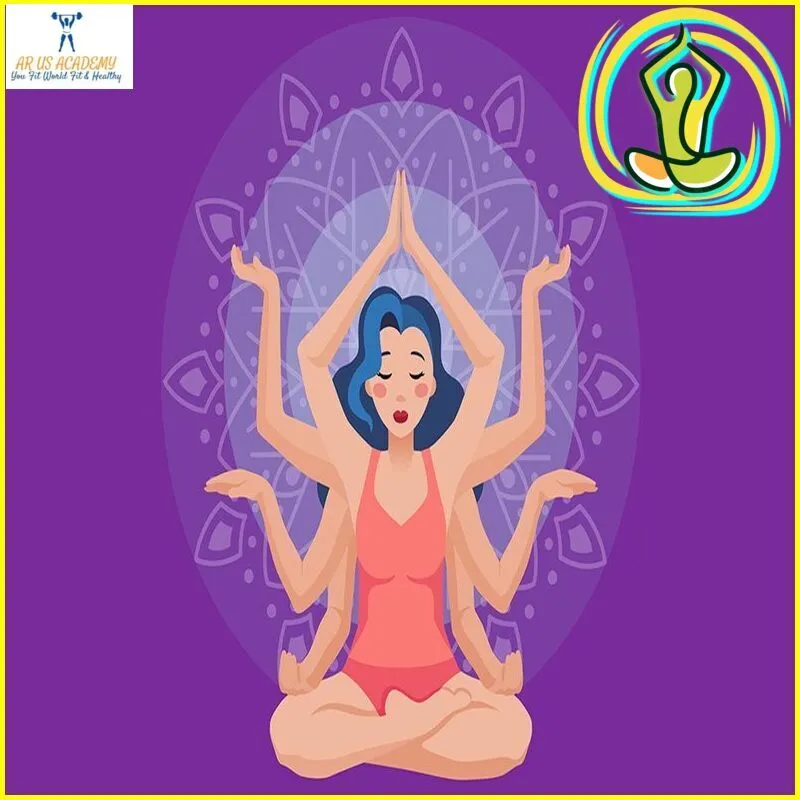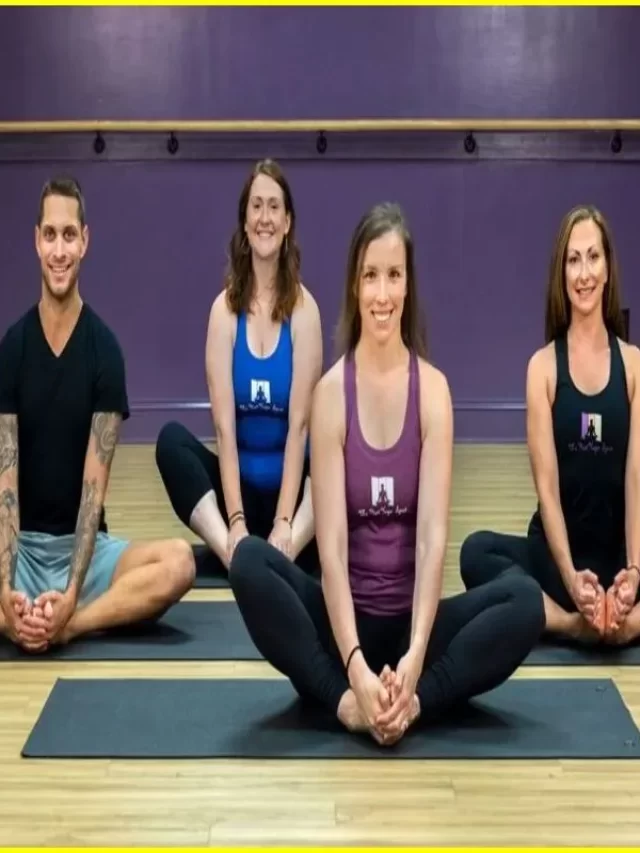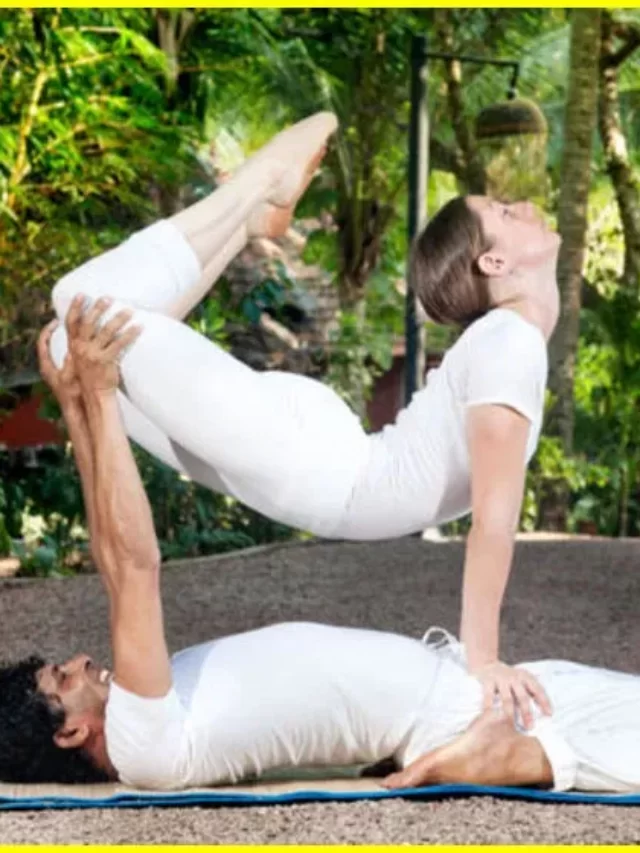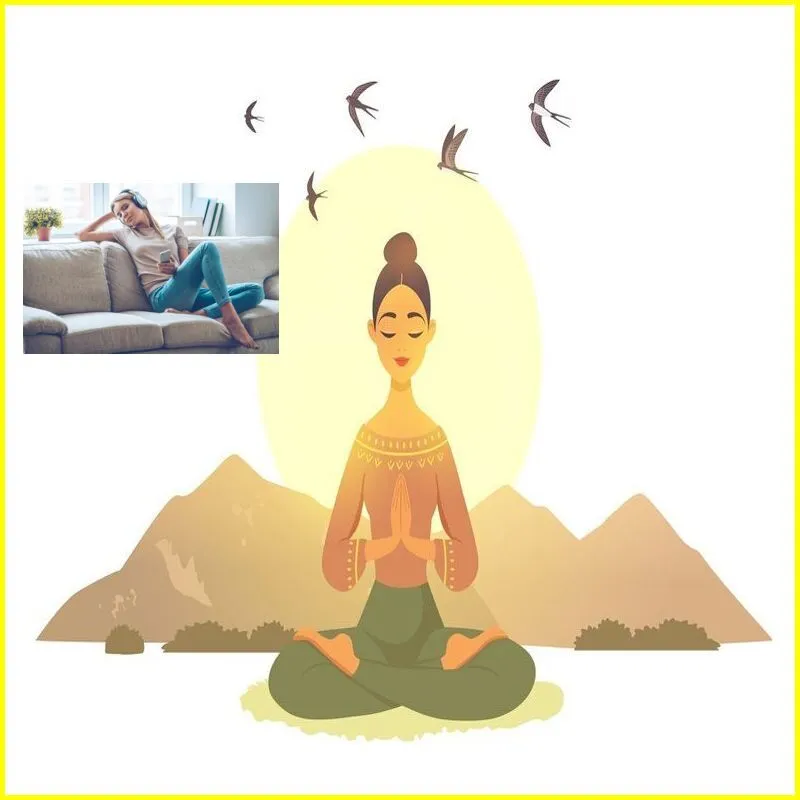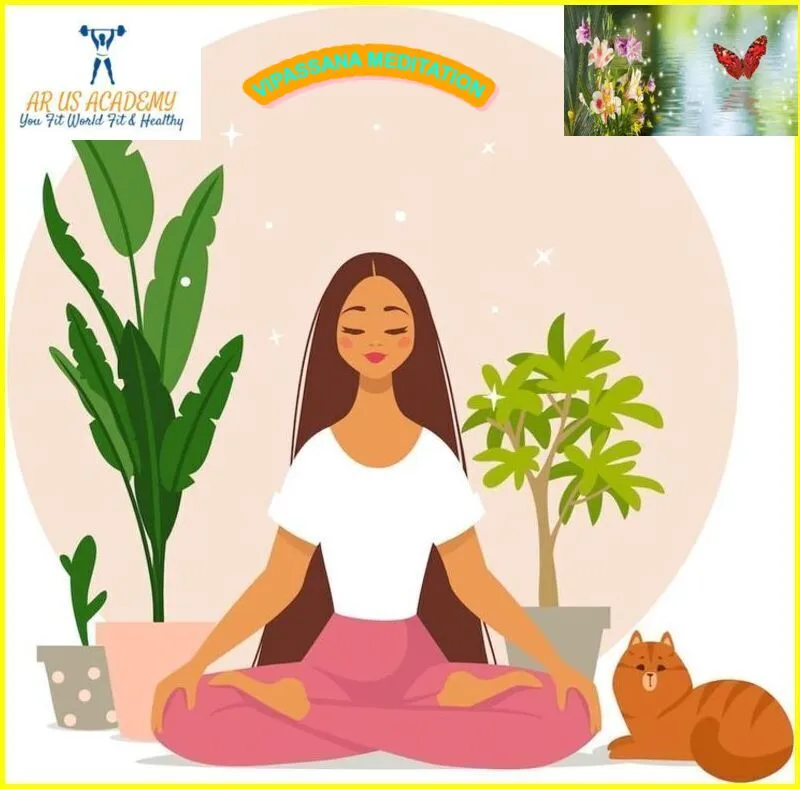
What Is Vipassana Meditation? Benefits Best Techniques, How to do 23
What Is Vipassana Meditation Techniques
Vipassana meditation is one of the most popular forms of meditation practiced today. It can help you become more mindful, improve your mental and physical health, and even reduce stress and anxiety. In this article, we will learn about What Is Vipassana Meditation, History, Benefits, Techniques and How to do Vipassana Meditation. So if you’re curious about the practice or are looking for a way to deepen your mindfulness practice, keep reading.
What is Vipassana Meditation?
Vipassana, which means “insight” in Pali, is an ancient form of Buddhist meditation. The practice involves sitting quietly and watching the breath and body without judgment.
As you focus on your breath, you may notice that your thoughts and feelings come and go. You may also become aware of sensations in your body, such as itching, pain, or heat.
The goal of Vipassana meditation is not to stop thinking or feeling a certain way. Instead, it’s about learning to observe your thoughts and feelings without getting caught up in them. This can help you become more present and less reactive to the things that happen in your life.
Vipassana meditation is considered helpful for managing stress, anxiety, depression, and other mental health conditions. It may also improve sleep quality and overall well-being.
Article About:- Health & fitness
Article About:- Medical Technology
Article About:- IR News
Article About:- Sports
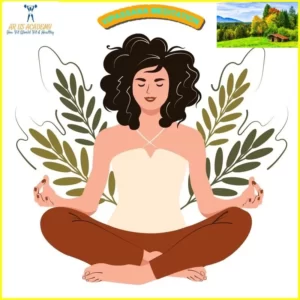
Benefits of Vipassana Meditation
Vipassana meditation is an ancient Buddhist practice that can be used to achieve inner peace and clarity of mind. The word “vipassana” means “insight” in Sanskrit, and the goal of this type of meditation is to develop a deeper understanding of the true nature of reality.
There are many benefits associated with Vipassana meditation, including improved mental and physical health, increased focus and concentration, and deeper levels of relaxation. This type of meditation can also help reduce stress, anxiety, and negative emotions.
Vipassana meditation is usually practiced for 10-14 days at a time, although it can be practiced for shorter or longer periods depending on your preference. The first few days are usually spent learning the basics of the practice from a qualified teacher. Once you’ve learned the basics, you’ll be meditating in silence for several hours every day.
If you are interested in trying Vipassana meditation, there are many resources available to help you get started. There are many retreat centers around the world that offer Vipassana courses, or you can find resources online to help you learn the practice on your own. In this lesson we are discussing about What Is Vipassana Meditation.
Techniques to do Vipassana Meditation
Vipassana meditation is an ancient practice that has been used for centuries to help people find inner peace and enlightenment. The word “Vipassana” means “insight” in Pali, the language of Theravada Buddhist texts.
This type of meditation is often practiced in silence, with meditators sitting or lying in a comfortable position and focusing on their breath. They may also choose to focus on a mantra or other object of concentration.
The purpose of Vipassana meditation is to develop a deeper understanding of the true nature of reality by observing the mind and body without judgment. This process can help release negative emotions and thought patterns, leading to a more peaceful and balanced state of mind.
Many different techniques can be used to practice Vipassana meditation, but all involve paying attention to the breath and paying attention to thoughts and sensations that arise in the mind and body. Here are some common techniques:
1. Body Scanning: This involves slowly scanning your body from head to toe, noticing any sensations that arise. You can do this with your eyes open or closed.
2. Focusing on the Breath: This involves simply focusing your attention on your breath as it comes in and goes out. You may notice thoughts and emotions arise, but try to let them go without judgment or attachment.
3.. Mantra repetition: This involves repeating a chosen mantra or phrase over and over, either silently or out loud. This can help to focus the mind and block out distracting thoughts.
4. Open Awareness Meditation: This involves simply observing whatever arises in your mind without judgement or attachment. You may notice physical sensations, thoughts, emotions or even images arise in the mind—simply observe them with a sense of curiosity and open-mindedness.
5. Mindful Walking: This involves walking slowly while focusing on the sensations of your body as it moves through each step. Notice how your feet touch the ground, the movements of your arms, and any other bodily sensations that arise.
How to do Vipassana Meditation
Vipassana meditation is a form of mindfulness meditation. In order to do this type of meditation, find a comfortable place to sit or recline in. Start by focusing on your breath. focus on the sensation of the breath as it enters and leaves your nostrils. Once you have focused on your breath, begin to notice the sensations in your body. Pay attention to any areas of tension or discomfort. Continue to focus on your breath and the sensations in your body until you feel ready to end the meditation. In this lesson we are discussing about What Is Vipassana Meditation and vipassana meditation retreat.
Vipassana Meditation Retreat
Your healing requires that we bring the mind back to the present moment. This is why meditation is such a profound therapeutic tool. If you do not agree, I encourage you to drop what you are doing and sign up for a Vipassana course.
Vipassana is a 10-day silent vipassana meditation retreat – and nothing beats 10 days of silence to show you the nature of your own mind. Vipassana means “seeing things as they really are,” and that’s exactly what I experienced in the course. vipassana meditation retreat the ways in which we create our suffering, and once this is understood, we can begin to free ourselves from that suffering.
